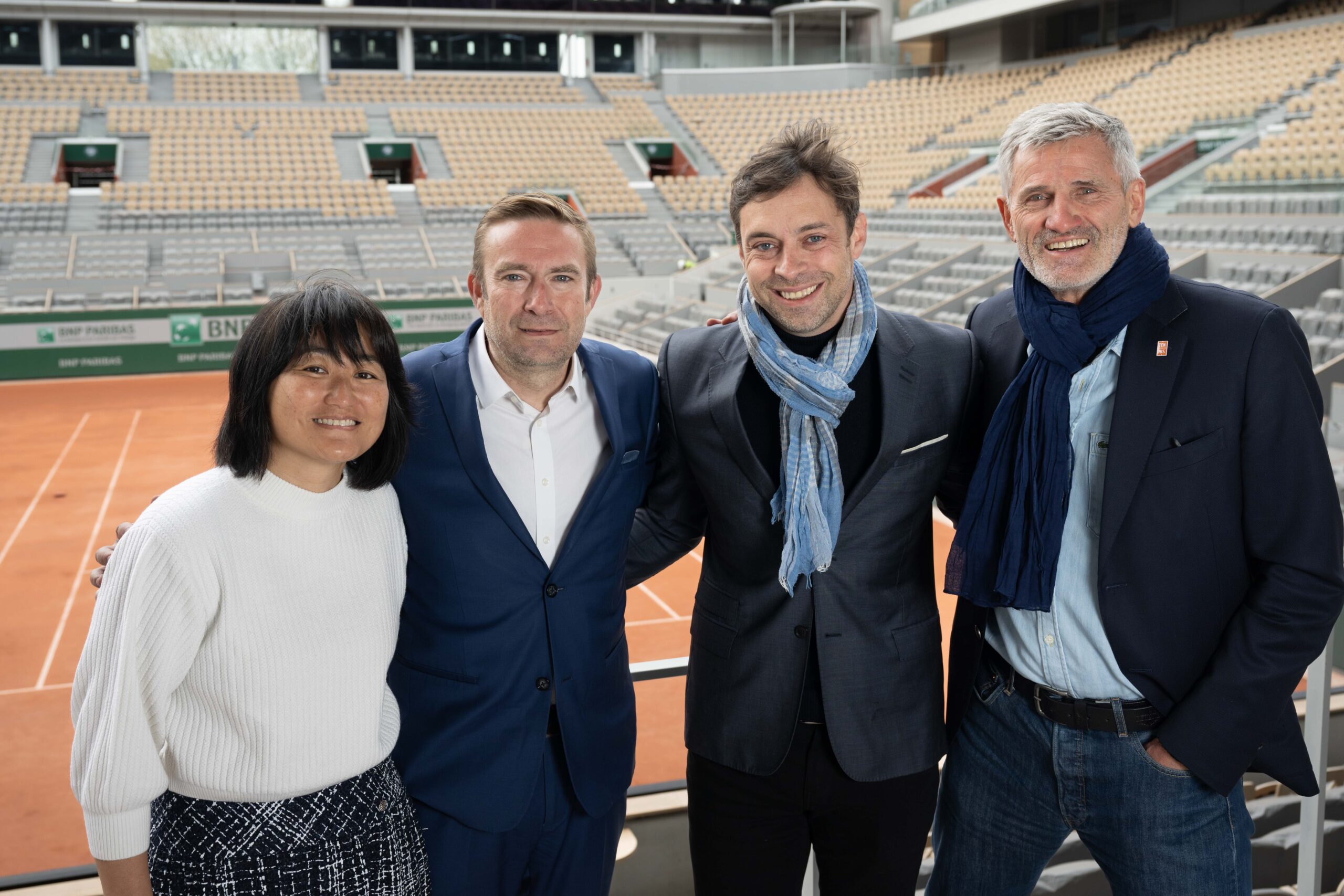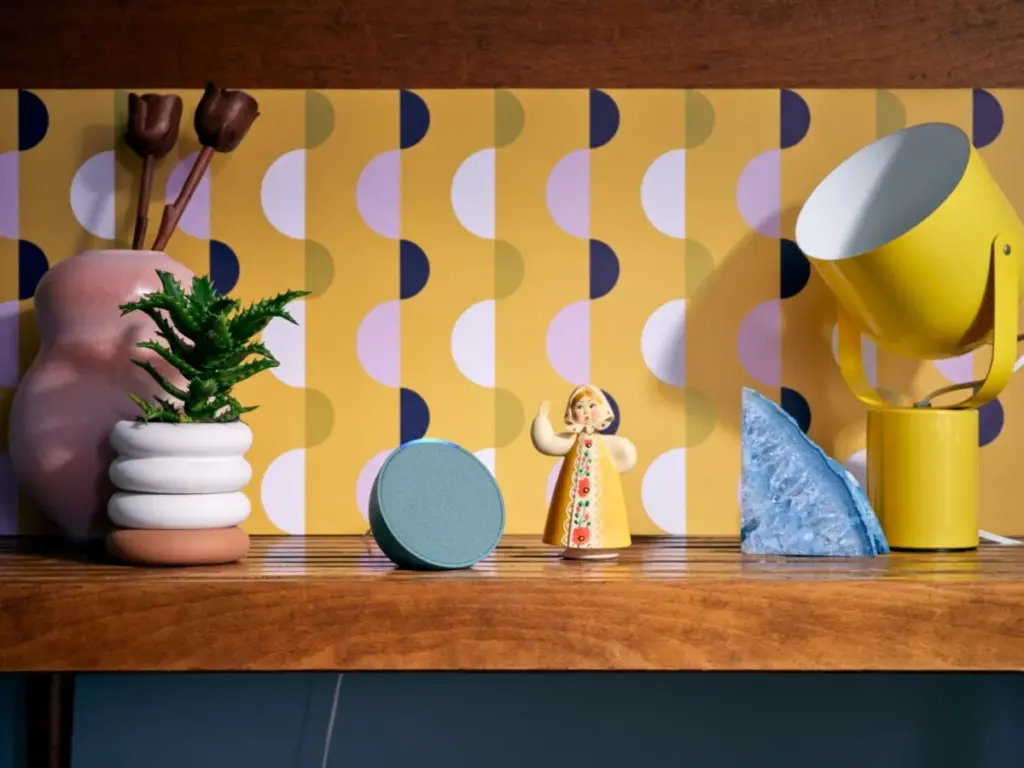According to a new study, i.e Faces generated by artificial intelligence They seem more “real” than some people’s, at least when it comes to white-skinned people.
The research was published in the journal Psychological science this week. Researchers have found that artificial intelligence can trick people into believing that computer-generated faces look more real than a photo.
“Surprisingly, the faces of white-skinned people created with artificial intelligence can convincingly appear to be more real than human faces – and people do not realize that they have been deceived,” said the researchers from the University of Amsterdam team in the results of their study.
The researchers also found that out One of the problems with AI is “hyperrealism.” that individuals often do not realize that they are being deceived.
The Test: Guess Which Faces Are Real (Below Solution)
“People who thought the faces created by the AI were real were, paradoxically, in most cases the most confident that their judgments were correct,” says Elizabeth Miller, co-author of the study.
“This means that those who confuse AI fakes with real people don’t know they have been deceived.”
However, these results only apply to images of faces of white people, not to images or AI images of men and women of color.
This may be because the algorithm used to create the AI renderings is “disproportionately trained on white faces,” Amy Dawel, ANU professor and lead author of the study, said in the press release. This could lead to a whole new type of racial bias online.
“If AI-created white-skinned faces were consistently perceived as more realistic, this technology could have serious impacts on people of color and ultimately increase racial bias online,” Dawel said.
The discrepancy between real human faces and what AI creates goes against what we might imagine people should look like. As Dawel explains, “humans tend to interpret natural physical asymmetry as some kind of AI error,” thus mistakenly selecting the most perfect digital faces as legitimate shapes. “AI-created faces tend to be more proportional and people mistake this for a sign of humanity,” Dawel concluded.
The solution to the test: Here are the faces with the solution
Front row: AI, AI, AI, human, AI
Second line: Human, Human, Human, Ai, Human





